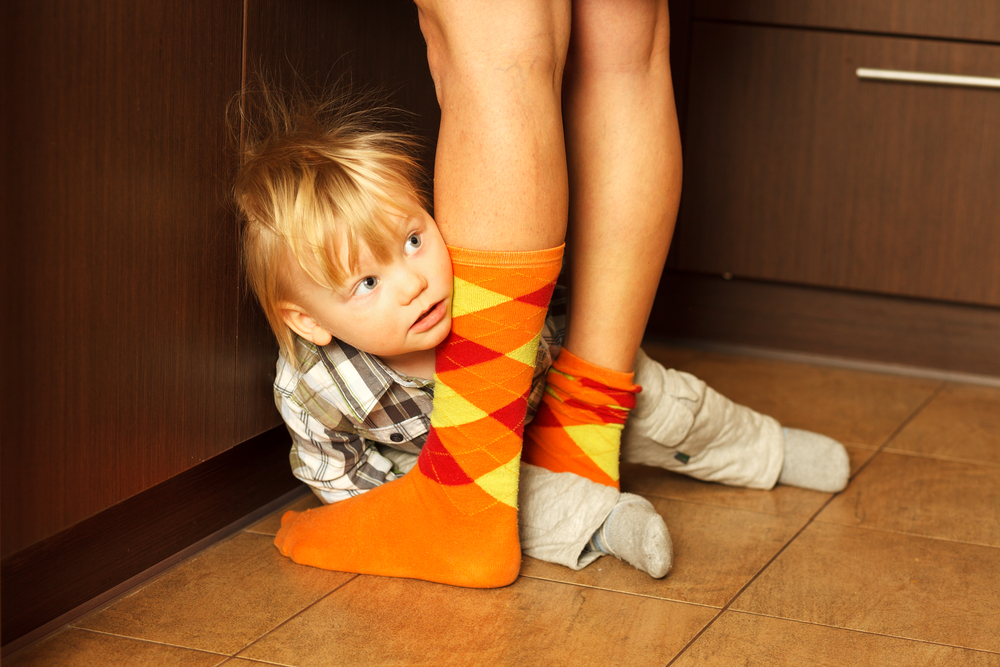Back-to-School Separation Anxiety: Why It Happens and How to Help Your Child

You know that moment when you're trying to drop your kid off at school and suddenly your leg becomes their new emotional support animal? Maybe they're in tears, maybe you're in tears, and maybe both of you are wondering what happened to the confident child who strolled into class last year without so much as a backward glance.
If that sounds familiar, I have good news: this is completely normal — and I’ve been hearing about it a lot lately.
Let’s talk about separation anxiety — the unwanted back-to-school tradition no one puts on Pinterest.
Separation anxiety isn’t just a toddler thing. It can pop up in kindergartners, second graders, even tweens — especially after a long summer of being home, staying up late, and hanging with their favorite people (you). Their nervous system gets cozy in that routine. Then — boom — school starts. New teacher, new classroom, new routine… and suddenly their brain goes: “Wait, where’s my safe person going?!”
And here's the kicker: separation anxiety doesn’t always show up on the first day. Sometimes it sneaks in during week two or three, when the novelty wears off and the daily grind sets in.
So what can you do?
-
Keep goodbyes short and sweet. Long goodbyes = more drama.
-
Create a ritual. A special handshake, a silly rhyme, or a whispered mantra like, “Even when we’re apart, we’re still connected.” Give them something to repeat to themself when you aren't there!
-
Acknowledge their feelings. Say, “It’s okay to feel nervous. I believe in you.” Then trust them enough to walk away.
-
Stay consistent. Don’t sneak out or stay for “just five more minutes.”
Most kids adjust within a few weeks. But if anxiety is affecting sleep, appetite, or their ability to get through the school day, talk to your pediatrician or school counselor. And yes, virtual therapy is an option too — there are great services just for kids.
And remember: every time your child walks into school with a nervous heart and does it anyway, they’re building emotional muscles. Resilience grows in the hard moments.
So no, you’re not doing it wrong. You’re doing the brave work of helping your child grow. One drop-off at a time.







